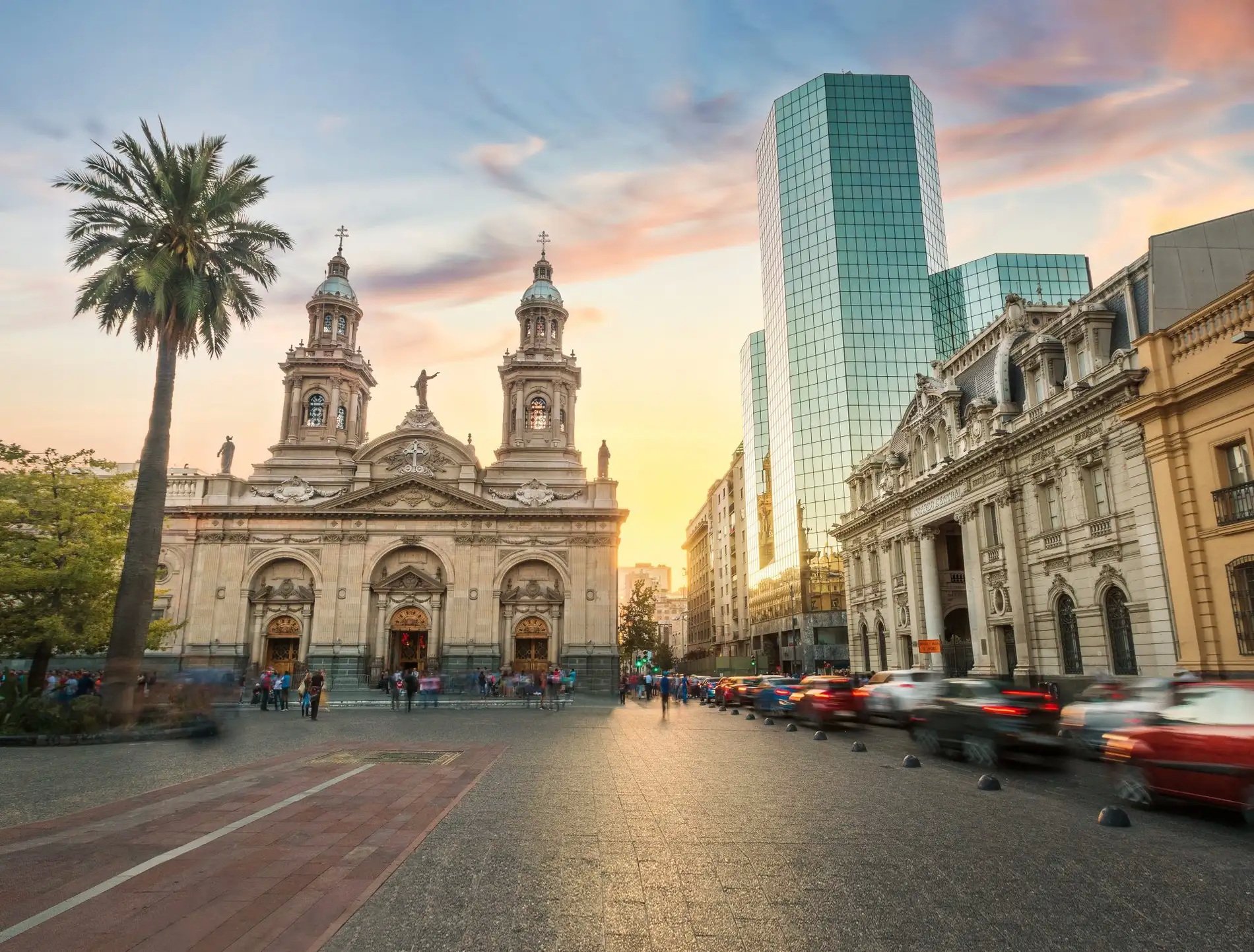
Discover Chile
Best time to travel to Chile
Chile is a land of contrasts, from the Atacama Desert in the north to the fjords and glaciers of Patagonia in the south. This is a country famous for its natural beauty, rich cultural heritage and delicious cuisine. However, when planning your trip to Chile, one of the most important decisions you'll make is when to travel.
The best time to visit Chile depends on your interests and the specific areas you want to explore. Here's an overview of Chile's climate, the best times of year to visit each region, and the best places to visit in Chile at any time of year.
Chile’s high, low and low seasons:
High season in Chile (December to February):
Ideal for: Coastal areas, beaches, outdoor activities and popular travel destinations.
Why: It’s summer in Chile, so the weather is warm and the landscape is vibrant. Coastal towns such as Valparaiso and Viña del Mar, as well as the Lake District, are ideal for visiting during this time. This is also a great time to explore Santiago and the Atacama Desert.
Chilean low season (spring to autumn):
Best for: Enjoying a variety of activities and great weather with fewer crowds.
Reason: Spring (September to November) and autumn (March to May) bring milder temperatures and fewer tourists. These seasons are perfect for exploring wine regions, central cities like Santiago and the Lake District. The Patagonia region is also more accessible, although conditions can still be challenging.
Chilean low season (winter - early spring):
Best for: Skiing, winter sports, and unique Patagonian experiences.
Why: Winter (June to August) is great for ski enthusiasts, especially near Santiago and in the southern Andes. Visiting Patagonia during this time offers unique glacier hiking and wildlife viewing opportunities, but be prepared for cold temperatures and limited services.
It's worth noting that Chile's unique geography results in microclimates, so conditions can vary even within these general seasons.
Chile's climate
Due to its geographical diversity, Chile's climate varies greatly, from the driest deserts in the north to the glaciers and fjords in the south. Here is a general overview of Chile's climate zones:
Northern Desert (Atacama Desert): The northern region, including the Atacama Desert, is extremely dry and receives very little rainfall. Temperatures can be hot during the day, but can drop significantly at night due to the lack of humidity.
Central Mediterranean Region: The central region of Chile, including cities such as Santiago, has a Mediterranean climate. Summers (December to February) are warm and dry, winters (June to August) are cool and wet. The region has a pronounced rainy season in winter.
Central Valley: The Central Valley includes Santiago and its surrounding areas and has a mix of temperate and Mediterranean climates. The temperature fluctuates greatly throughout the year, with hot summers and cool winters.
Southern Chile: The further south you go, the cooler and wetter the climate becomes. Areas such as the Lake District (La Araucanía) and Chiloe have a temperate rainforest climate with abundant rainfall throughout the year.
Chilean Patagonia: Southern Chile, including the Eisen and Magellan regions, has a cold, subarctic climate. Summers are short and cool, while winters can be harsh with snow and ice.
Tierra del Fuego: The southernmost region has a subpolar oceanic climate, with cold temperatures and abundant rainfall throughout the year.
Easter Island: Easter Island is located in the Pacific Ocean and has a subtropical climate with mild temperatures and moderate rainfall.
Oceanic Islands: Chile also includes a variety of other islands, such as the Juan Fernandez Islands, with climates ranging from temperate to subtropical.
Chile's unique geographical features, including the Andes Mountains and the Pacific Ocean, play an important role in shaping its diverse climate.
Hotels in Santiago - up to 60% off




